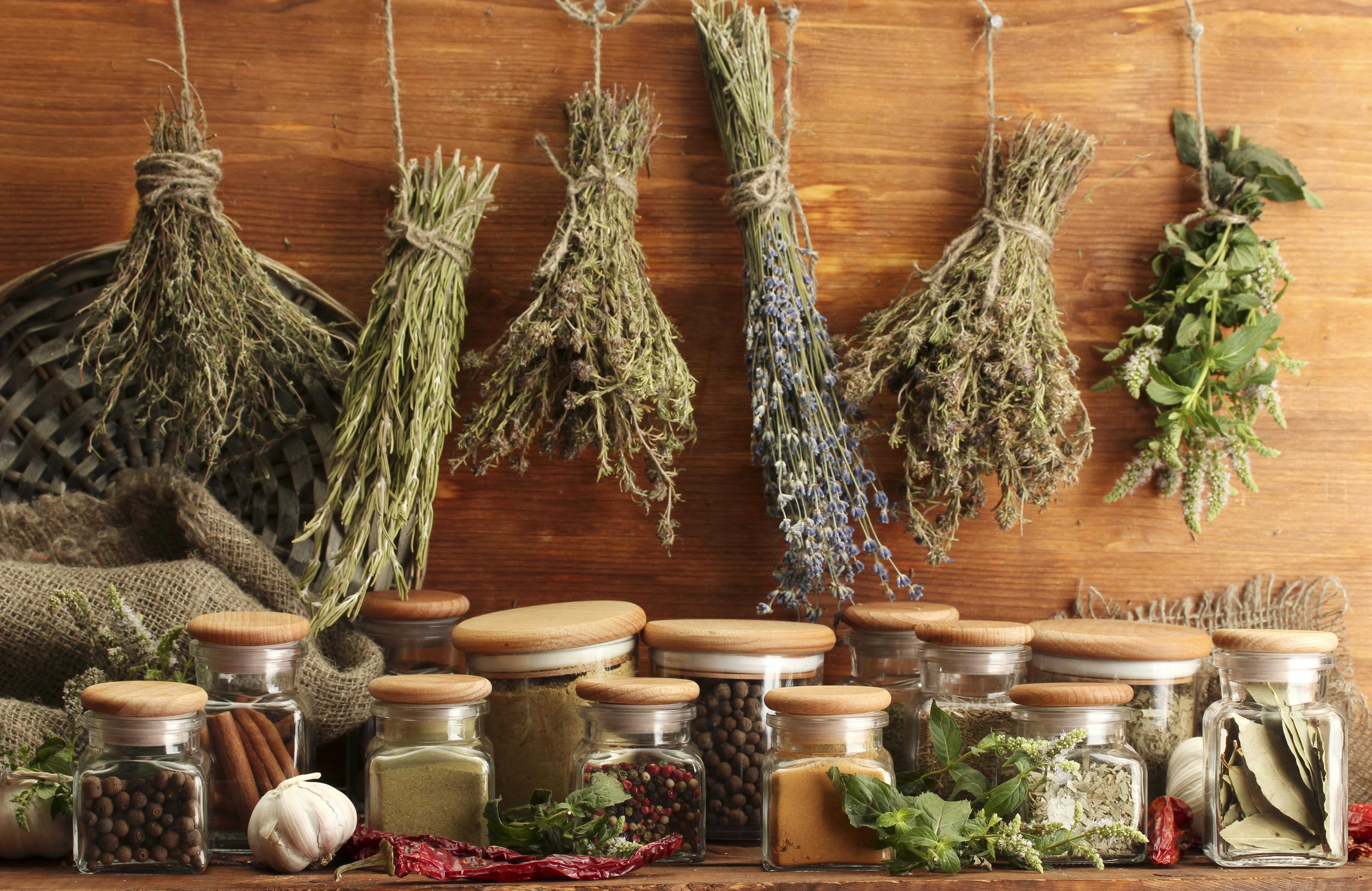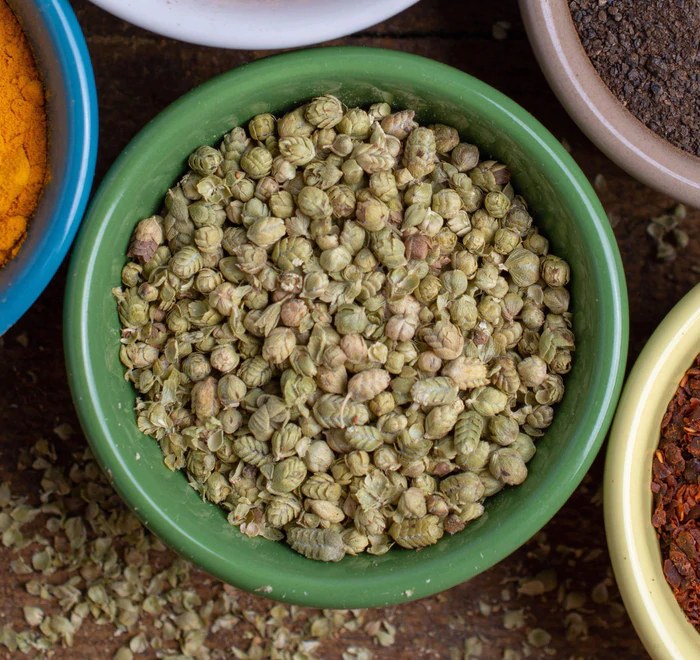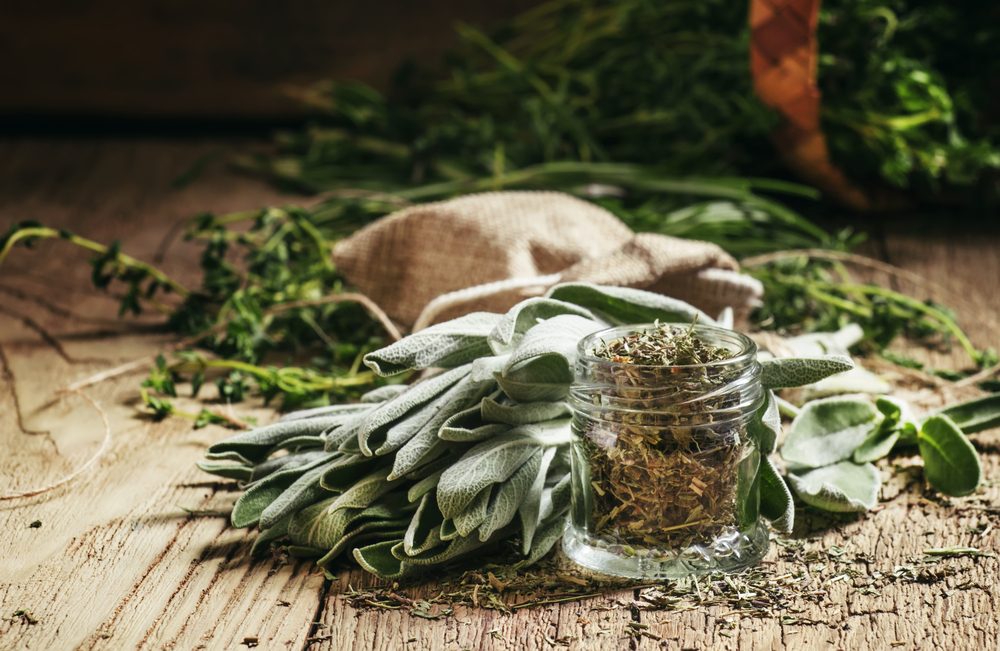We use fresh herbs by the handful to punch up many, if not most, of our savory recipes. Along with spices, herbs provide an easy way to add bold flavor and complexity to the simplest of dishes. These herbs work best in raw dishes such as salads, guacamole, and pesto sauces.
Dried herbs, however, are a different story. They aren’t a simple swap for fresh. They can be milder or stronger than their fresh form—and sometimes unpleasantly tough or twiggy. Here’s a quick breakdown of the dried herbs we love, those we use sparingly and those we avoid altogether. And if you're looking for a more visual approach to the way you choose, use and care for your herbs, join the Milk Street online cooking school for our Milk Street Herb Kitchen class on March 23.
How do you use dried herbs?
Dried herbs must rehydrate to unlock their flavor and soften their texture. With few exceptions (dried mint for one), they aren’t added at the end of cooking a dish or as a garnish.

Our general rule for cooking with dried herbs is to add them at the start of or midway through cooking to soften the texture and disperse the flavor. If the dish begins with sautéed aromatics, they can be added then so the fat absorbs the herb’s oil-soluble flavors to fully infuse the dish.
Particularly tough or twiggy dried herbs that may be unpleasant to eat (no matter how they simmer) can be pulverized in a mortar and pestle or spice grinder to a fine texture that will disappear into a soup or stew. Nothing ruins a soup faster than rosemary needles getting stuck in your teeth.
How long do dried herbs last?
Keep in mind dried herbs have a lifespan. As with spices, their flavor fades and we recommend purchasing smaller amounts you’ll use up within the year. Also, buy quality; where the herbs were grown, how they were preserved and packaging all make a difference in the potency of their flavor. For example, oregano grown in the high, dry heat and flinty soil of Greece will taste wildly different than oregano harvested In California. As with wine, location (terroir) impacts flavor.
Depending on the type of herb, they can last between 1 and 4 years—from the moment they’re processed, not necessarily when they were purchased. Many inferior herbs can sit on shelves and in warehouses for years before they get into your spice cabinet. Herbs that have been dried whole, like bay leaves, last longer than those ground up. A good way to see if they’re still viable is to grind a bit between your fingers and smell. If you smell nothing distinguishable from any other herb, throw them away.
What kind of dried herbs are worth using?
Dried mint is essential to Levantine and Greek cooking and packs a surprisingly potent flavor. We use it in all sorts of soups, stews, beans, dips and dressings, often in tandem with fresh mint or parsley to layer up the flavor. Its brittle texture means it easily crumbles and blends into a dish. We especially like Burlap and Barrel’s Euphrates Mint, which is noticeably more vibrant than others.

Dried oregano packs a punch and has a brittle, crumbly texture that makes it easy to use. Greek or Turkish oregano has s very different flavor than bold, minty tasting Mexican oregano, so we recommend keeping both on hand. We typically specify which to use in our recipes and, while interchangeable, they really do have distinct flavors best suited to particular flavor profiles. A good starter is Burlap and Barrel’s Turkish Oregano Buds, which come jarred whole with a built-in spice grinder so it will stay fresh for a long time.
Marjoram, a mellower, more floral-tasting cousin of oregano, works fine dried as well (and a great substitute for oregano it that tastes too brassy to you). And savory, a French herb more often found dried than fresh (an integral part of the dried herb mix herbes de Provence—which we do use frequently), is terrific. It’s got a peppery kick that’s wonderful with braised meats and beans, especially lentils.
Despite is strong flavor and aroma when fresh, sage is mild once dried and requires a simmer to unlock its flavor. It’s fine sprinkled into a pot of long-simmered beans or a braise, but it’s not a substitute for fresh in spice rubs, sauces or on roasted vegetables where it won’t have a chance to fully hydrate.
What dried herbs aren’t worth it?
Soft, leafy herbs like parsley, basil, cilantro, tarragon and dill don’t retain a lot of flavor when dried—and what flavor remains dissipates quickly. To prolong the life of cilantro, parsley and dill, we always wash, dry, wrap in a damp towel, and put into a loosely sealed plastic bag. Basil will last more than a week if you trim the ends, put them in a jar of water as you would flowers and cover them with a bag at room temperature.
How do I dry my own herbs?
If you grow your own herbs and have a surplus, consider drying your own. Here’s a tip we learned from chef Jason Vincent, of the inventive restaurant Giant in Chicago. He puts the microwave to work, preserving them before they have a chance to go bad.
Put well-dried fresh herbs on a paper towel-lined plate and microwave the herbs uncovered on high in bursts of 5 to 10 seconds, usually for a total of 1 to 2 minutes, and gently toss them between each burst. Just be wary of overdoing it, though; the smell of burnt herbs can linger. The method worked best for dill, thyme and rosemary. Mint and basil dried well and tasted fine but lost a lot of color. We advise against microwaving parsley and cilantro; they burned easily and lost too much flavor.
If you're looking for more information on how to use herbs for bold, versatile flavors in all your dishes, for our Milk Street Herb Kitchen class on March 23! We look forward to seeing you there.
Join the conversation on Facebook, Twitter, Instagram and Pinterest
And if you're looking for more Milk Street, check out our livestream cooking classes with our favorite chefs, home cooks and friends for global recipes, cooking methods and more.







